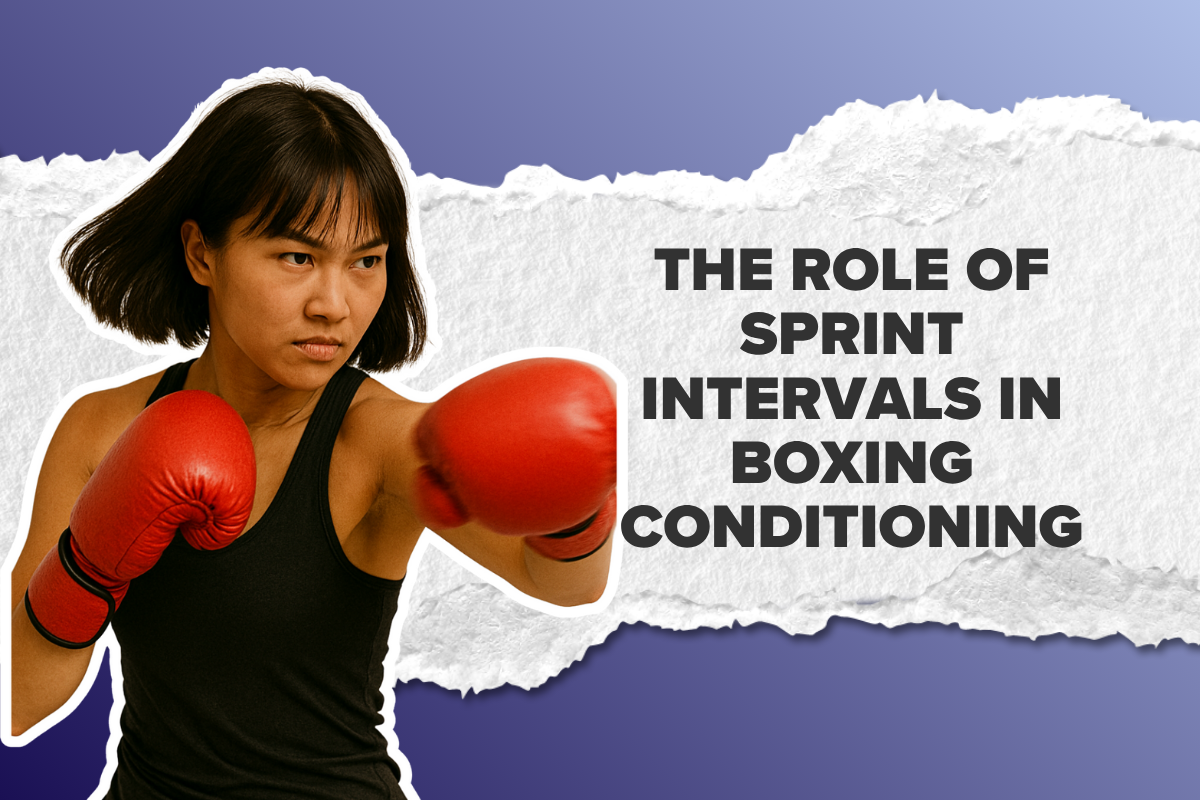Boxing isn’t just about throwing punches—it’s about timing, pace, recovery, and the ability to throw combinations when you’re taxed. One of the best ways to dial in your conditioning and train specifically for what boxing requires is to use heart rate (HR) zones. By understanding your HR zones, you can structure workouts to build aerobic capacity, improve your anaerobic threshold, and be ready for the “red-zone” bursts that happen in fights.
Let’s dive into what the heart rate zones are, how they apply to boxing, and how you can build training sessions around them.
What Are Heart Rate Training Zones?
Heart rate zones are basically ranges of your maximum heart rate (MHR) expressed as percentages. Each zone corresponds to different physiological responses and energy systems. Many sources break them down into five main zones:
-
Zone 1: ~50-60% of MHR
-
Zone 2: ~60-70% of MHR
-
Zone 3: ~70-80% of MHR
-
Zone 4: ~80-90% of MHR
-
Zone 5: ~90-100% of MHR
Boxing is unique because it demands bursts of very high intensity (near Zone 5) mixed with times of lower intensity or recovery. One study noted that during fights and sparring, boxers spend a large portion of time above 90% of their MHR — i.e., deep in the red zone.
How to Calculate Your Maximum Heart Rate (MHR)
The standard quick method is: 220 − age = estimated MHR. (For example: a 30-year-old would have ~190 bpm.)
But note: this is only an estimate. Many athletes have higher or lower actual MHRs. If you have access to a sports science lab, tests like VO₂ max or lactate threshold tests will give you a more accurate figure.
Once you know (or estimate) your MHR, you can set the zones like so:
-
Zone 1: ~50-60% of MHR
-
Zone 2: ~60-70% of MHR
-
Zone 3: ~70-80% of MHR
-
Zone 4: ~80-90% of MHR
-
Zone 5: ~90-100% of MHR
For example, if your MHR is 190 bpm:
-
Zone 2 (60-70%) ≈ 114-133 bpm
-
Zone 4 (80-90%) ≈ 152-171 bpm
-
Zone 5 (~90-100%) ≈ 171-190 bpm
How These Zones Apply to Boxing
Because boxing is a stop-and-go sport with intense bursts (combinations, bag work, sparring) and short rest periods (between rounds, between drills), you’ll want to train across multiple zones—but importantly, be ready for the red zone (Zone 5).
Zone 1 & 2 – Aerobic Base & Recovery
-
These zones correspond with warm-ups, light footwork, shadowboxing at slow pace, recovery between rounds, etc.
-
Training in Zone 2 (60-70%) builds cardiovascular efficiency, improves fat utilisation, and creates a strong aerobic base—which means you recover faster between high intensity bursts.
-
For boxers: Use Zone 2 work on easy days—for example, jump rope or steady movement drills keeping HR in this zone.
Zone 3 – Tempo / Threshold
-
At about 70-80% MHR, this zone improves your lactate threshold (i.e., how much intensity you can sustain before fatigue sets in).
-
For boxing: Longer rounds of moderate bag work, technique rounds, or sustained mitts where you are working hard but still controlled.
Zone 4 – High Intensity / Anaerobic Capacity
-
80-90% MHR. This zone trains you to function at high intensity, build speed and power endurance, and start to tolerate and clear lactate.
-
For boxing: Sparring rounds, heavy bag sprint intervals, conditioning drills (30s hard / 30s rest) where you push your HR up into this zone.
Zone 5 – Red Zone / Maximum Effort
-
~90-100% MHR. This zone is very hard to sustain for long, but boxers will often hit it during flurries, late round surges, or fight situations. The ability to function and recover while in this zone is a hallmark of top fighters.
-
For boxing: Max effort drills—e.g., 3-minute rounds at full fight pace, 1 minute recovery, or explosive pad work. Also important: forcing yourself to maintain technique even when HR is very high.
Sample Weekly Heart Rate Zone Plan for Boxers
Here’s how you could structure one week of training around heart rate zones (assuming you train 5 days a week):
| Day | Focus | Zones Targeted |
|---|---|---|
| Day 1 | Aerobic base / recovery session (long but moderate) | Zone 2 (60-70%) |
| Day 2 | Technique + light conditioning | Zones 2–3 (60-80%) |
| Day 3 | High intensity interval / heavy bag sprint work | Zones 4–5 (80-100%) |
| Day 4 | Active recovery or mobility + light sparring | Zone 1–2 (50-70%) |
| Day 5 | Sparring / fight simulation | Zones 4–5 dominant, with some Zone 3 recovery between rounds |
Over time you’d adjust depending on your upcoming fight or conditioning targets.
Tips for Monitoring & Training With HR Zones
-
Use a reliable heart rate monitor (chest strap is preferred for accuracy).
-
During sessions, watch for how long you stay in a given zone—match drills to zone targets.
-
After the session, review data: how much time spent in each zone, how fast HR recovered, etc.
-
One key indicator: how quickly your heart rate drops during rest. Faster drop = better conditioning. Reddit boxers report HR drops to ~65% of max during rest periods when well-conditioned.
-
Adjust based on how you feel: HR can vary depending on sleep, hydration, stress, caffeine, etc. Don’t rely purely on numbers.
-
Match your training cycle to your goals: build aerobic base in earlier phases, then shift more time into Zone 4–5 as you approach fights or heavy sparring.
Common Mistakes to Avoid
-
Always staying in one zone: If you only train in Zone 2 (comfortable) you’ll lack the ability to surge late in rounds. If you only train in Zone 5, you risk burnout.
-
Ignoring recovery zones: Training exclusively at high intensity without recovery causes overtraining and reduces performance.
-
Using “220-age” blindly: Some athletes have different actual max HR—if you can test more accurately, do so.
-
Neglecting technique in high zones: In Zone 5 your HR is high, but you must still keep guard up, move correctly, and throw clean punches. Training full effort with bad technique reinforces bad habits.
-
Not monitoring HR drop: How quickly you recover (HR going down during rest) is a big indicator of conditioning—neglecting it misses part of the picture.
Final Thoughts
For boxers, heart rate zone training is a key tool to train smarter—not just harder. By using Zones 2 through 5 strategically, you build an aerobic base, raise your threshold, work high intensity, and simulate fight demands. The ability to both reach and recover from the red zone (Zone 5) often makes the difference in the ring.
Track your HR, structure your training, and watch your performance improve. With every round and every session, you’ll become fitter, sharper, and more fight-ready.
And if you’re looking for gear that supports your high-intensity training and heart-rate-driven sessions, check out KO Studio, a women’s boxing gear company dedicated to helping fighters train smarter and stronger.



